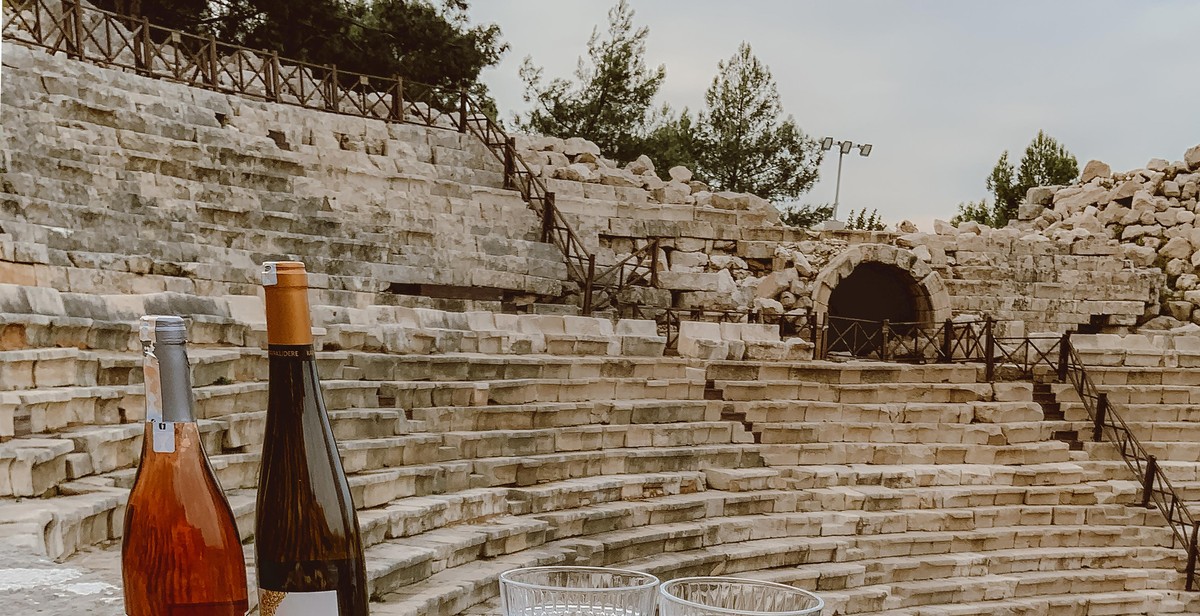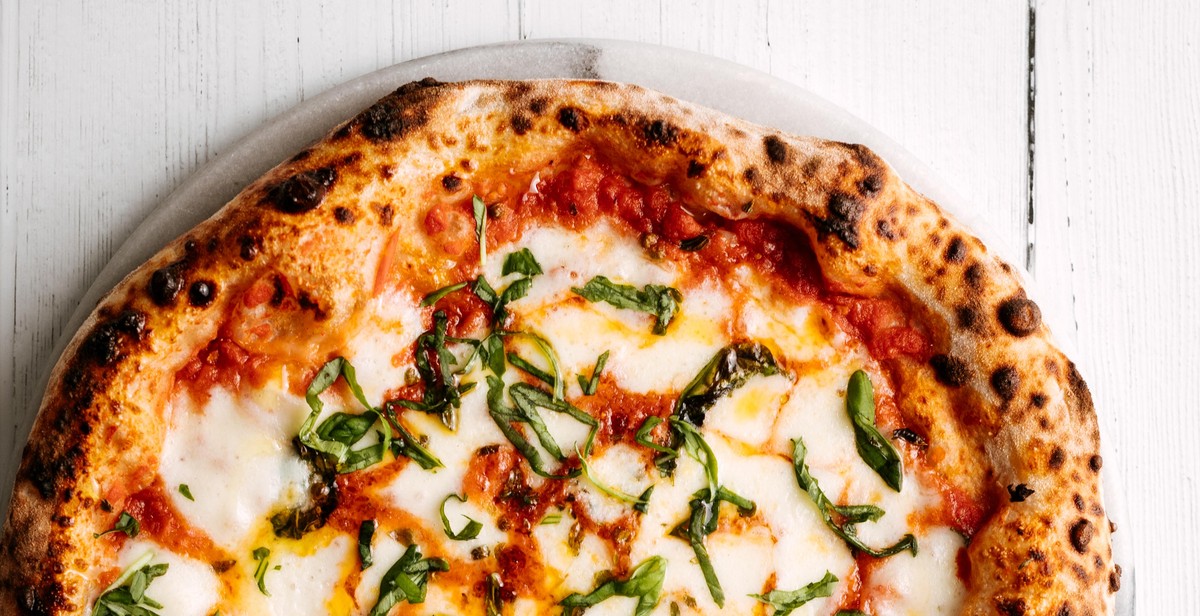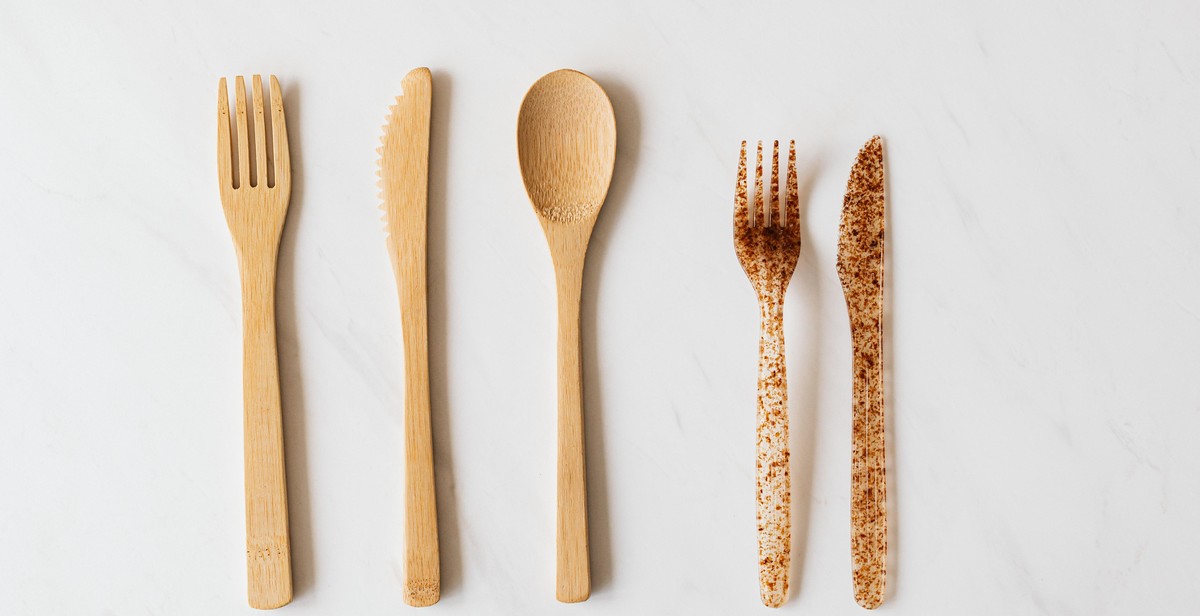How to Choose the Best Cheese Knife: Factors to Consider for Efficient Cheese Cutting
As a cheese lover and a professional food writer, I have tried and tested numerous cheese knives over the years. From soft and creamy Brie to hard and crumbly Parmesan, each type of cheese requires a specific type of knife for efficient and effortless cutting. Choosing the right cheese knife can make all the difference in the quality of your cheese experience and the ease of preparation.
My Personal Experience with Cheese Knives
When I first started my culinary journey, I thought that any knife would do for cheese cutting. However, I quickly learned that cheese knives are designed with specific features to enhance the cheese experience. I have used knives with different blade shapes, lengths, and materials, and have found that each one has its unique advantages and disadvantages.
Through my personal experience, I have learned that choosing the right cheese knife is not only about the type of cheese you are cutting, but also about your personal preference, budget, and the occasion. In this article, I will share with you the factors to consider when choosing the best cheese knife for your needs.

Why is Choosing the Best Cheese Knife Important?
Choosing the best cheese knife is important for various reasons. Firstly, cheese is a delicate food item that requires specific tools for efficient cutting. A regular kitchen knife may not be sharp enough to cut through the cheese without causing it to crumble or stick to the blade. This is where a cheese knife comes in handy.
Secondly, using the right cheese knife can enhance the flavor and texture of the cheese. A sharp cheese knife can cut through the cheese smoothly, resulting in clean cuts that do not damage the cheese’s structure. This allows the cheese to retain its flavor and texture, making it more enjoyable to eat.
Thirdly, a good cheese knife can make the cheese cutting process faster and more efficient. A cheese knife is designed to cut through cheese with ease, and its shape and size allow for precision cutting. This means that you can cut your cheese into the desired shapes and sizes quickly and with minimal effort.
Fourthly, using the right cheese knife can prevent accidents and injuries. A regular kitchen knife may not be suitable for cutting cheese, and attempting to do so can result in accidents such as slipping or cutting yourself. A cheese knife, on the other hand, is designed with safety in mind and is less likely to cause accidents when used correctly.
Lastly, choosing the right cheese knife can add to the aesthetic appeal of your cheese platter. A cheese knife is not only a functional tool but also a decorative one. It adds a touch of elegance and sophistication to your cheese platter and can impress your guests.
Overall, choosing the best cheese knife is essential for efficient cheese cutting, enhancing the flavor and texture of the cheese, making the cutting process faster and more efficient, preventing accidents and injuries, and adding to the aesthetic appeal of your cheese platter.

Factors to Consider When Choosing a Cheese Knife
Choosing the right cheese knife is essential if you want to enjoy your cheese without any hassle. There are several factors that you need to consider before making a purchase. Here are some of the crucial factors to keep in mind:
Blade Type
The blade type is an important consideration when choosing a cheese knife. The most common types of blades are serrated, wire, and flat blades. Serrated blades are ideal for hard cheeses as they can easily cut through the tough texture. Wire blades are perfect for soft cheeses as they can easily slice through them without crushing them. Flat blades are versatile and can be used for a variety of cheese types.
Blade Length
The blade length is also an important factor to consider. The length of the blade will depend on the size of the cheese you want to cut. A shorter blade is ideal for cutting smaller cheeses, while a longer blade is perfect for larger cheeses. Make sure to choose a blade length that suits your needs.
Handle Material
The handle material is another crucial consideration. The handle should be comfortable to hold and provide a good grip. Common handle materials include wood, plastic, and metal. Wooden handles are ideal for a traditional look and feel, while plastic handles are more durable and easy to clean. Metal handles are also durable but can be slippery to hold.
Cheese Type
The type of cheese you want to cut is also an important factor to consider. Hard cheeses require a knife with a sharp blade, while soft cheeses require a knife with a more delicate blade. If you plan to cut a variety of cheese types, then a versatile knife with a flat blade is ideal.
| Blade Type | Blade Length | Handle Material | Cheese Type |
|---|---|---|---|
| Serrated | Shorter | Wood | Hard |
| Wire | Longer | Plastic | Soft |
| Flat | Versatile | Metal | Varies |
By considering these factors, you can choose a cheese knife that is perfect for your needs. Whether you are a cheese lover or a professional chef, having the right knife can make all the difference in the world.

Different Types of Cheese Knives
Cheese knives are specialized tools that are designed to cut through different types of cheese. There are four main types of cheese knives that you can choose from, depending on the type of cheese that you want to cut:
Soft Cheese Knife
A soft cheese knife is a specialized knife that is designed to cut through soft cheeses such as brie, camembert, and goat cheese. This type of knife typically has a long, narrow blade that is slightly curved and has a sharp point. The blade is usually thin and flexible, which allows you to easily cut through the soft cheese without squishing or mashing it. Soft cheese knives may also have small holes in the blade to prevent the cheese from sticking to it.
Hard Cheese Knife
A hard cheese knife is a specialized knife that is designed to cut through hard cheeses such as cheddar, parmesan, and gouda. This type of knife typically has a short, sturdy blade that is straight and has a sharp edge. The blade is usually thick and strong, which allows you to apply more pressure when cutting through the hard cheese. Hard cheese knives may also have a forked tip that you can use to pick up and serve the cheese.
Cheese Plane
A cheese plane is a specialized tool that is designed to shave thin slices of cheese from a block. This type of tool typically has a flat, sharp blade that is attached to a handle. The blade is usually tilted at an angle, which allows you to easily slice through the cheese. Cheese planes are ideal for cutting through hard and semi-hard cheeses such as cheddar, gouda, and swiss.
Cheese Fork
A cheese fork is a specialized tool that is designed to pick up and serve cheese. This type of tool typically has two long, narrow tines that are attached to a handle. The tines are usually sharp and pointed, which allows you to easily pierce through the cheese. Cheese forks are ideal for serving soft and semi-soft cheeses such as brie, camembert, and goat cheese.
| Type of Cheese Knife | Blade Shape | Blade Thickness | Blade Flexibility | Best for Cutting |
|---|---|---|---|---|
| Soft Cheese Knife | Long, narrow, slightly curved, sharp point | Thin | Flexible | Brie, camembert, goat cheese |
| Hard Cheese Knife | Short, sturdy, straight, sharp edge | Thick | Sturdy | Cheddar, parmesan, gouda |
| Cheese Plane | Flat, tilted at an angle, sharp | Thin | Sturdy | Cheddar, gouda, swiss |
| Cheese Fork | Two long, narrow, sharp tines | N/A | N/A | Brie, camembert, goat cheese |

Conclusion
Choosing the best cheese knife can make a huge difference in your cheese cutting experience. With so many options available in the market, it can be overwhelming to make the right choice. However, by considering the factors discussed in this article, you can narrow down your options and select a knife that suits your needs.
Remember to consider:
- The type of cheese you will be cutting
- The blade shape and size
- The handle material and design
- The overall quality and durability of the knife
It’s also essential to invest in a high-quality cheese knife to ensure that it lasts for a long time and performs efficiently. A good cheese knife can make a great addition to your kitchen and enhance your cheese cutting experience.
Lastly, don’t forget to maintain your cheese knife regularly by sharpening it and cleaning it properly. This will help to ensure that it continues to perform well and lasts for a long time.
| Knife | Type | Blade Shape | Handle Material | Price |
|---|---|---|---|---|
| Cheese Knife A | Hard Cheese | Wide Blade | Wood | $30 |
| Cheese Knife B | Soft Cheese | Narrow Blade | Plastic | $20 |
| Cheese Knife C | Hard and Soft Cheese | Slanted Blade | Stainless Steel | $40 |
By using the comparison table above and considering the factors discussed in this article, you can make an informed decision when selecting the best cheese knife for your needs.
